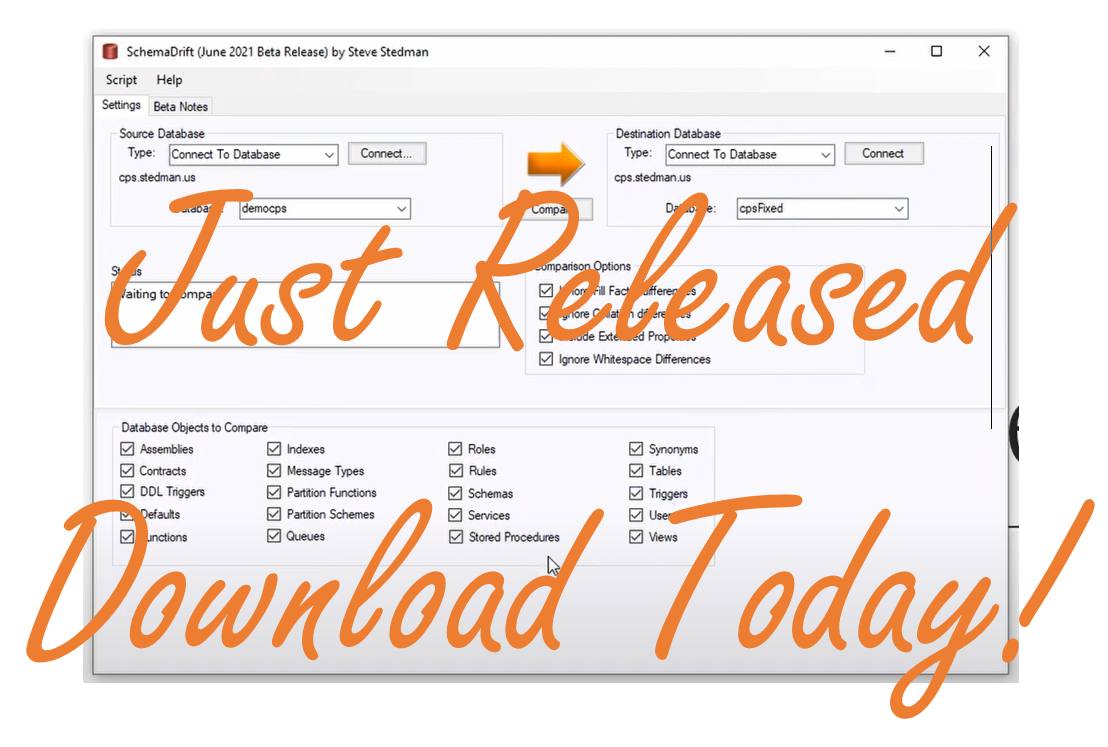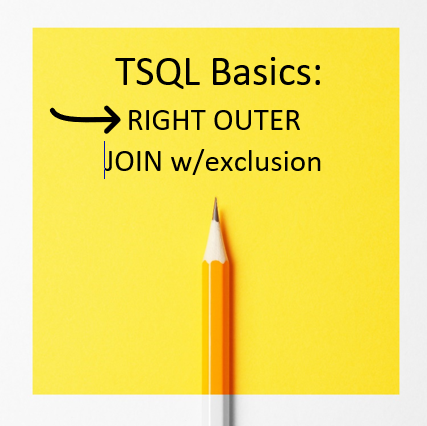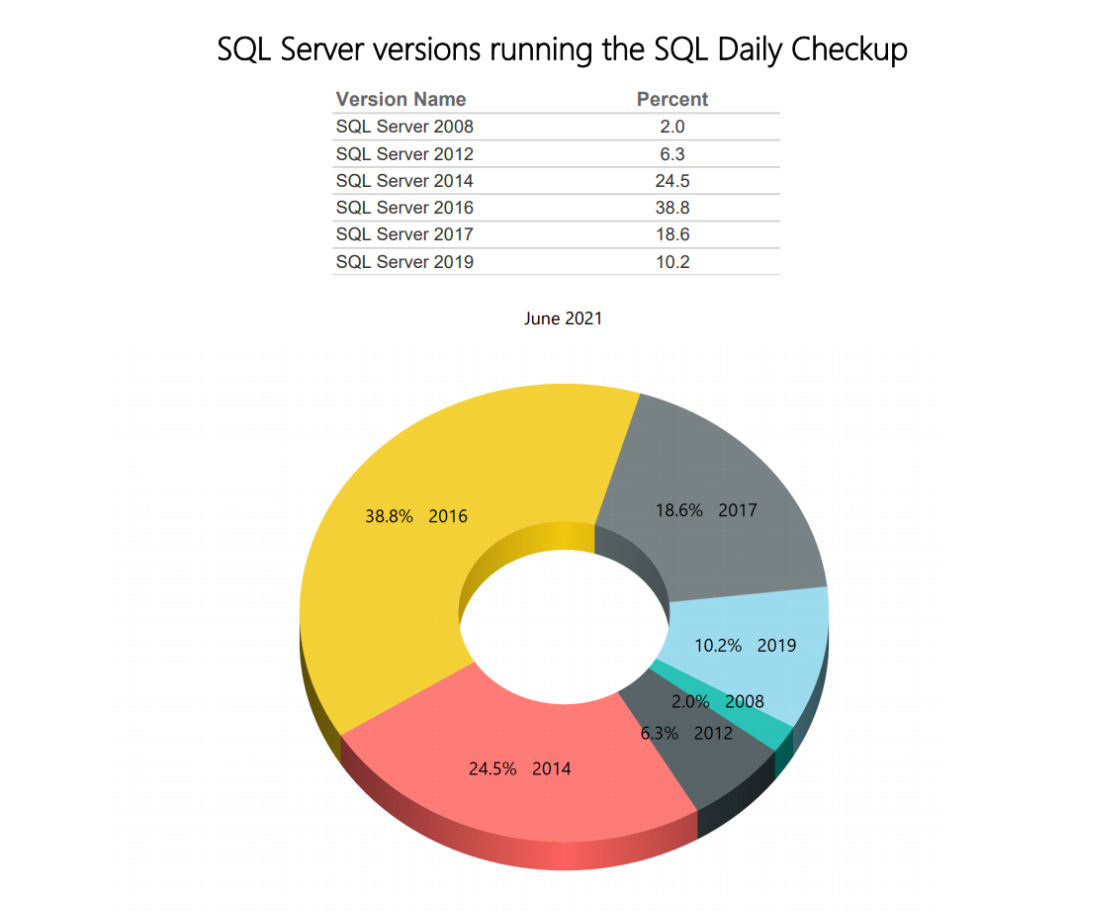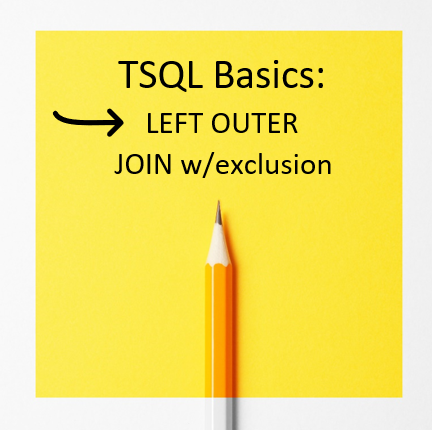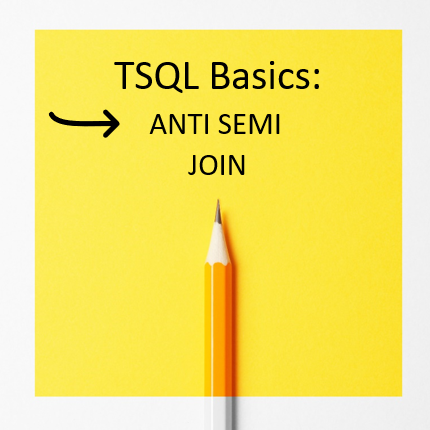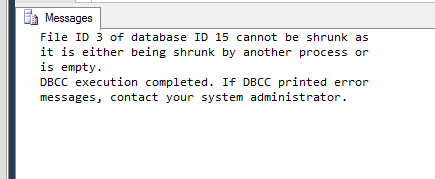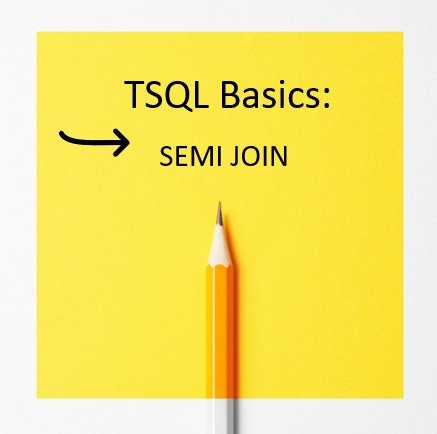The time has come! SchemaDrift is Ready to Download!
Save yourself Time and Money with Steve Stedman’s new database comparison tool. Following in its cousin’s (Database Health Monitor) footsteps, SchemaDrift is FREE! It is… Read More »The time has come! SchemaDrift is Ready to Download!
